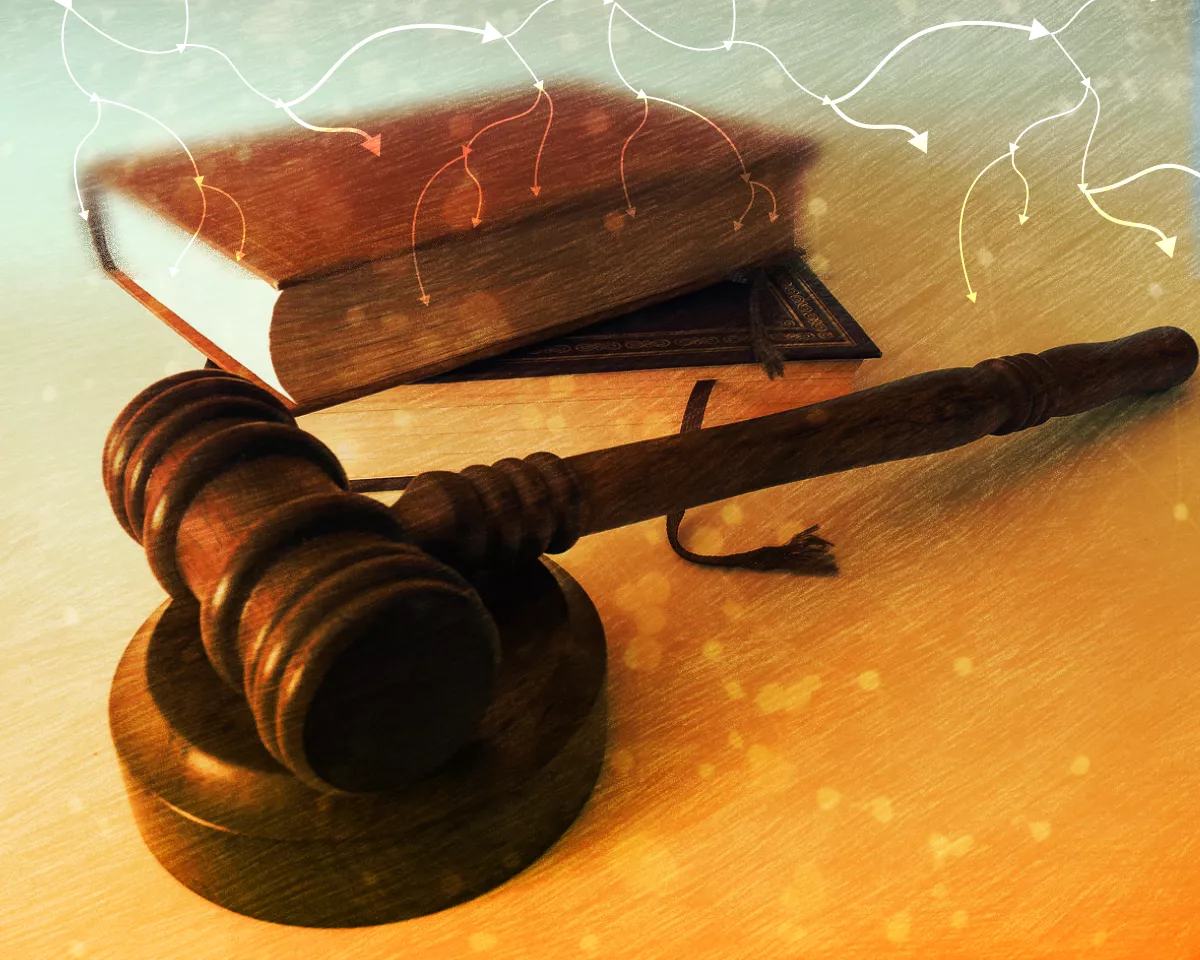
On March 10, the California Department of Financial Protection and Innovation closed Silicon Valley Bank and appointed the Federal Deposit Insurance Corporation (FDIC) as its trustee.
Silicon Valley Bank is a bank with deposits of $170 billion (approximately ¥23 trillion) and total assets of $200 billion (approximately ¥27 trillion). It was the next largest. Most of Washington Mutual Bank’s assets were sold to JPMorgan Chase after the FDIC’s intervention.
In a press release about Silicon Valley Bank, the FDIC said depositors will have full access to their insured assets by Tuesday morning.
Insured assets are $250,000 per account. Any additional deposits will be returned to depositors after the Silicon Valley Bank’s assets are sold to other banks and financial institutions.
Now, however, the U.S. Treasury Department, Federal Reserve Board (Fed) and FDIC have announced that depositors will be able to access all deposits. It took extraordinary measures to dispel mistrust of the banking system and avoid a chain of chaos.
The full details of the Silicon Valley Bank collapse have yet to be revealed. But first, there is one thing that needs to be considered and clarified.
Who’s to blame?
Where is the criticism?
First, depositors are not subject to criticism.
In the future, we will probably see the explanation that the reason for the bankruptcy of Silicon Valley Bank was that it was a venture capital-backed bank that was a purveyor of IT companies in Silicon Valley. Indeed, many of these companies have questionable capital reserves or are grossly unprofitable.
Certainly Silicon Valley Banks were IT-oriented, and while they weren’t crypto-friendly, there were Blockchain Capital, Castle Island Ventures, Dragonfly, and Pantera. (Pantera) and other crypto-focused hedge funds and venture capital firms.
But Silicon Valley Bank didn’t go bankrupt because of these companies. Often times, it makes sense to be critical of the concentration of depositors in one industry, but not this time.
If you want to criticize venture capital, criticize Founders Fund, founded by Peter Thiel. The fund advised companies to “draw money from Silicon Valley banks due to concerns about financial stability.”
That advice fueled investor anxiety and triggered a bank run.
Interest rate hikes reduce the value of government bonds
It’s true that the bank run at Silicon Valley happened because depositors asked to withdraw their deposits, but I’m against criticizing depositors. Depositors had no one to beg them to reconsider for other investors.
Of course, the Founders Fund isn’t entirely badass either. I didn’t suddenly decide one day to bankrupt Silicon Valley Bank.
The idea that VCs intentionally crushed Silicon Valley Bank to encourage the use of their own fintech companies is a bit of a stretch in my opinion. Founders Fund was worried about Silicon Valley Bank’s fundraising failure.
In fact, Silicon Valley Bank had liquidity problems. For those unfamiliar, let me explain briefly.
Customers deposit money in Silicon Valley banks. Silicon Valley Bank invests the money in government bonds. Government bonds fluctuate in value according to market conditions. The government bonds purchased by the Silicon Valley Bank had long maturities and were declining in value. The decline in value was dangerous to Silicon Valley Bank’s financial position.
There is one important point to understand in this brief explanation. The Treasury bonds purchased by Silicon Valley Bank fell in value as interest rates were raised by the US Federal Reserve (Fed). That said, unless many depositors are trying to withdraw their deposits at the same time, it’s usually fine.
However, many depositors withdrew their deposits at the same time.
Those familiar with the jargon refer to what Silicon Valley Bank experienced with falling government bond values as “duration risk.”
Silicon Valley Banks and the Fed Should Be Criticized
Silicon Valley banks and the Fed should be criticized, not the depositors or the venture capital firms that started the bank run.
First of all, Silicon Valley Bank mismanaged risk. It is clear that the customer’s deposit was used to purchase the wrong financial product. Otherwise, there would have been no need for funding.
In Silicon Valley’s defense (which is a poor defense), the Fed has raised interest rates nearly 20 times in about a year. Silicon Valley Bank made a bad investment, and the Fed is to blame for it, too, for raising rates so quickly.
How ironic! In trying to deal with high inflation, the Fed instead bankrupted a bank that invested heavily in government bonds.
Finally, to keep it as clear as possible, let me repeat. This situation is not the fault of crypto assets.
Depositor composition had nothing to do with the failure of Silicon Valley Bank. Risk management decisions made by Silicon Valley Bank regarding customer deposits were made independently of the depositor’s activities. It’s just not the crypto industry’s fault any more than it’s any other industry’s fault.
The exception, of course, is the banking industry.
|Translation and editing: Akiko Yamaguchi, Takayuki Masuda
|Image: Sundry Photography / Shutterstock.com
| Original: Who Failed Silicon Valley Bank Depositors?
The post Who Is Responsible for the Failure of Silicon Valley Bank?[Opinion]| coindesk JAPAN | Coindesk Japan appeared first on Our Bitcoin News.

 2 years ago
110
2 years ago
110














 English (US) ·
English (US) ·